China Caixin PMI Manufacturing dropped from 50.4 to 49.5 in August, below expectation of 50.2, back in contraction. Caixin added that output growth slowed as firms faced power supply disruption amid heatwave. New orders declined for the first time in three months. Input costs fell at quickest rate since January 2016.
Wang Zhe, Senior Economist at Caixin Insight Group said: “Overall, the Covid-19 flare-ups, the extreme heat wave and restricted power usage resulted in a slight deterioration in overall business conditions in the manufacturing sector. Supply remained stronger than demand, with the latter recording a contraction. The job market remained weak, while lower input costs and output prices eased inflationary pressures. At the same time, firms were cautious about increasing purchases and inventory levels. Market sentiment remained optimistic, although some were worried about the global economic outlook.”




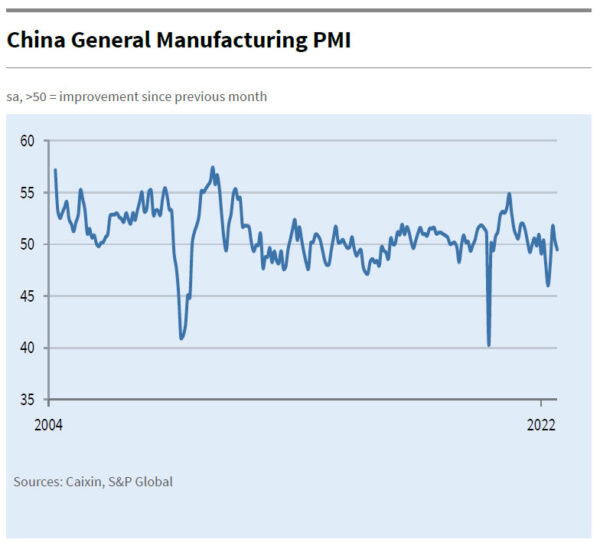
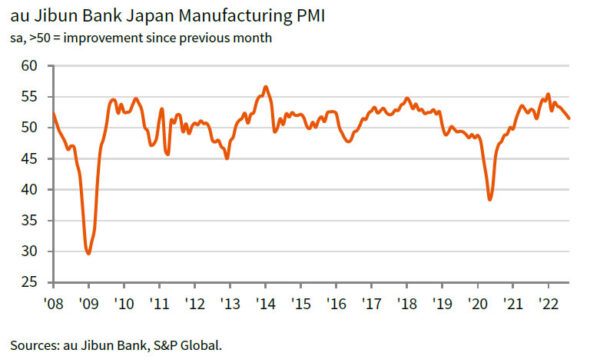
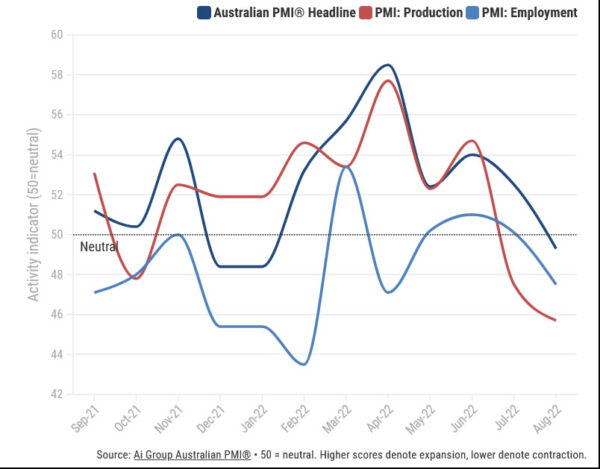
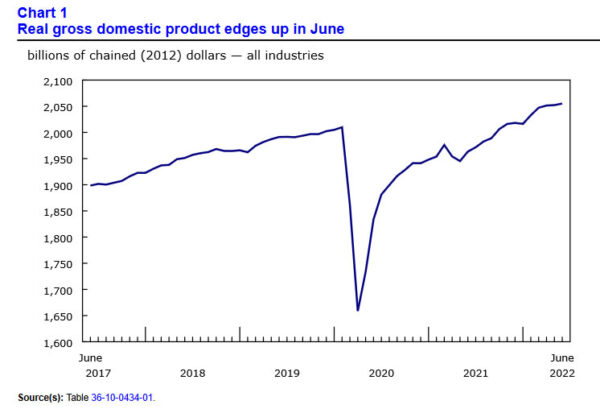
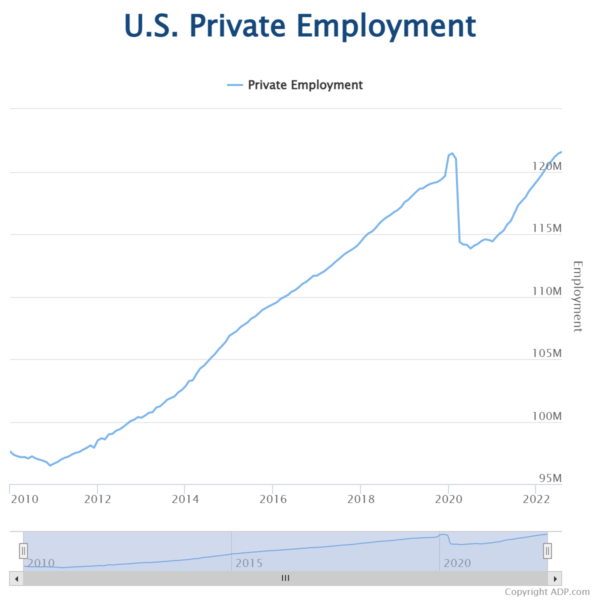
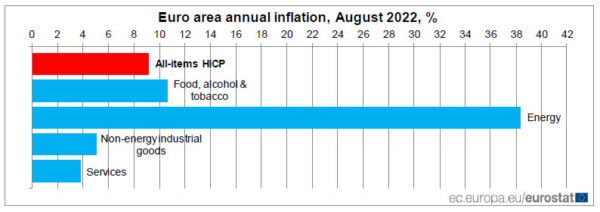
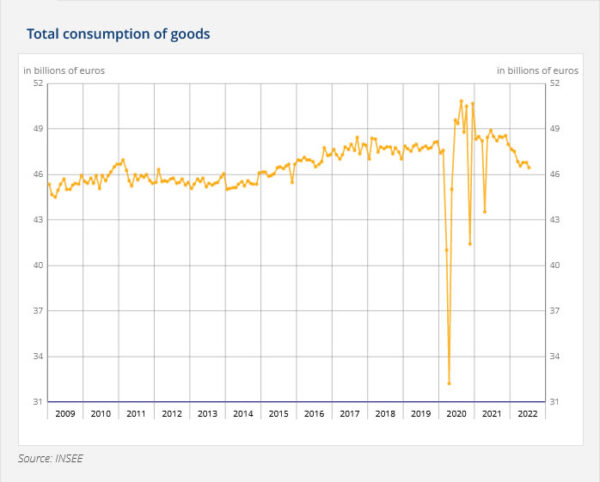
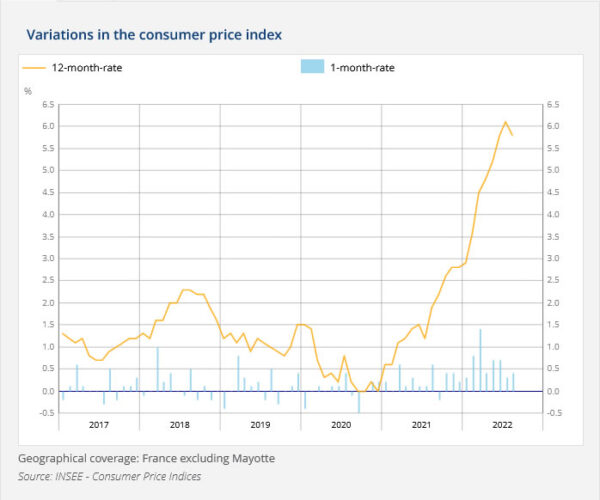
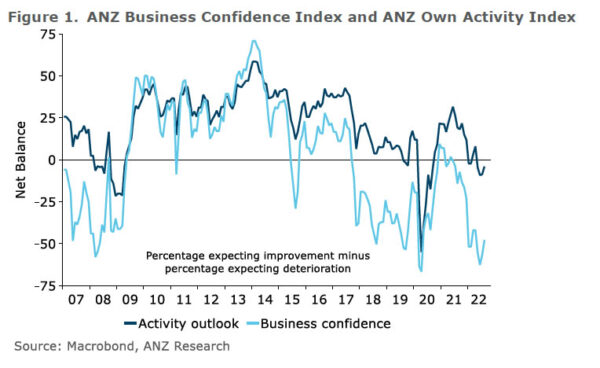
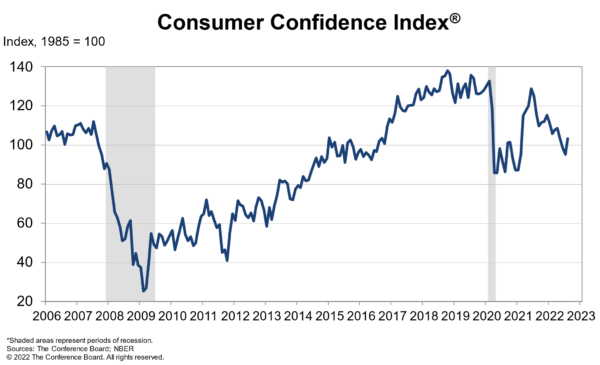

Swiss CPI rose to 3.5% yoy in Aug, core CPI at 2.0% yoy
Swiss CPI rose 0.3% mom in August, slightly below expectation of 0.4% mom. The monthly rise was due to several factors including rising prices for in-patient hospital services, social protection services and housing rentals. CPI core rose 0.3% mom. Domestic product prices rose 0.2% mom. Imported products prices rose 0.6% mom.
Comparing with August 2021, CPI rose 3.5% yoy, accelerated from 3.4% yoy, matched expectations. Core inflation came in at 2.0% yoy. Domestic product prices were up 1.8% yoy. Imported product prices were up 8.6% yoy.
Full release here.